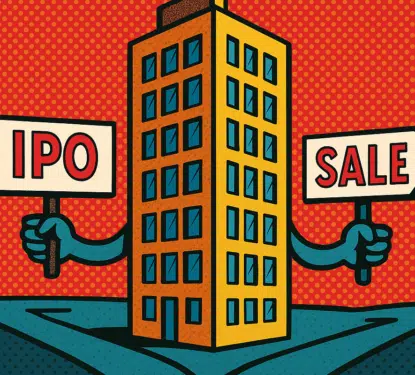The physical security industry has changed extensively in the past 20-years as buildings got smarter and the threat landscape developed. Over those two decades we have seen the dominance of large conglomerates erode, innovative startups grow, and the rise of China as the undoubted world leader in key physical security segments. Then, over the past two years, as the COVID-19 pandemic challenged all industries, we have seen physical security thrive in many aspects of this new environment, driven by virus mitigation and the convergence of physical security with the internet of things (IoT) in smart buildings.
Before the year 2000, the physical security products market was largely dominated by major international conglomerates. However, The turn of the new millennium saw those established players begin to lose market share to smaller specialist manufacturers focused on delivering innovative products, namely IP networking solutions, which achieved much higher rates of growth and delivered their products through independent distribution networks.
“The major conglomerates failed to organically grow their business and keep their products at the leading edge of technology. Most did not correct this by investing and acquiring innovative manufacturing companies,” reads our brand new report on the physical security business. “In addition, they did not fully engage in taking advantage of the growing independent system integrator route to market as this would have competed with their systems business.”
Many of these conglomerates have been somewhat successful in also growing their businesses through the provision of more end-to-end and IoT integrated systems but these major players typically adopted a strategy of market growth through acquisition. However, the hyper-specialization by the new breed of innovative and relatively young companies, particularly those in the video surveillance industry, allowed them to increase their share of the market and grow rapidly, accelerated by venture financing.
“Many of this new breed of companies have since become market leaders and, until several years ago, they operated in a somewhat closed environment. Since then, competition has come from the major Chinese manufacturers, Hikvision and Dahua, which built up scale on the foundation of a massive and growing protected home market,” our comprehensive new report reads. “They entered overseas markets targeting the small- and medium-sized business (SMB) sector and adopting a policy of race to the bottom. This secured a further increase in market share and caused its competition to operate at the kind of margins that would not sustain a long-term business.”
The disruption began to erode the borders that define the physical security business, with innovations and increased demand for integration between different building technologies in order to deliver the products and systems that customers increasingly expected. The transition in the physical security market also combined with wider smart buildings trends, such as the IoT, particularly for those security products and services that are embedded into other building systems, known collectively as the “Building Internet of Things” or BIoT.

“The security industry is having to connect with a wider sphere of functionalities, not just security, and to develop tailored vertical markets offerings in order to deliver, together with their strategic partners, IoT solutions that work on standard open platforms,” the new report explains. “If the physical security industry does not meet this challenge, then an identity crisis will drastically reduce its prospects for future growth. This does not mean that product manufacturers have to install systems, but they will need to develop new partnerships, and interfaces with those responsible for delivering more comprehensive BIoT solutions with control and reporting functionality for multiple building systems. This shift will change the routes to market for a significant proportion of the physical security business.”
In recent years, the COVID-19 pandemic has created a significant change to the distribution of demand for security products by vertical, some of which will be largely short-term in nature. Lockdowns, their resultant economic impacts and public concerns related to virus transmission have adversely affected sales in several markets including retail, leisure, hotel verticals, and to a lesser extent offices. Conversely, investment in healthcare and logistics-related sectors has risen sharply to balance out demand, and as the adversely affected commercial buildings slowly return to action, we see increasing demand for those security products and services that support virus mitigation efforts.
“Over 18 months into the COVID-19 pandemic, and the global physical security market has demonstrated a remarkable degree of resilience, outperforming some other global technology markets and indeed beating our best-case scenario projection from last year,” continues our new report. “The pandemic is helping to reshape the physical security industry, turbo-charging certain emerging business models, whilst it also continues to make our societies safer; not just from the pandemic but from crime and terrorism.”
Our latest analysis of world sales of physical security products at factory gate prices indicates that world sales in 2021 actually bounced back strongly year-on-year versus 2020, growing to over $33.8 Bn, and we now predict that the market should maintain a robust growth of nearly 7.2% CAGR over the next 5 years to 2026.
“The global threat of COVID-19 epidemic has not yet been eliminated, and there are uncertainties in economic development. The pandemic remains a threat to economic and health outcomes in various territories across the globe, but we now have a much clearer picture of its overall effect on the physical security market,” our in-depth new report indicates. “The pandemic is helping to reshape the Physical Security industry, turbo-charging certain emerging business models, and the technologies involved continue to play a prominent role in coping with the pandemic by making buildings safer and more resistant to COVID-19.”



